Sunday mornings were always special because that's when Papa would transform our leftover rice into something special. While most families made traditional garlic fried rice, my father had his own signature twist. He'd reach for the bagoong - that precious jar of fermented shrimp paste that made my mother worry about the house smelling too strong (but we never cared).
The secret, he'd tell me while tossing cubes of pork belly in his well-seasoned wok, is to let the bagoong dance with the rice before adding anything else. He wasn't just teaching me a recipe, he was sharing his culinary wisdom, passed down from his own father.
The addition of sweet, semi-ripe mangoes wasn't traditional - it was his creative touch, inspired by a breakfast he had in Cebu during his merchant marine days.
Jump to:
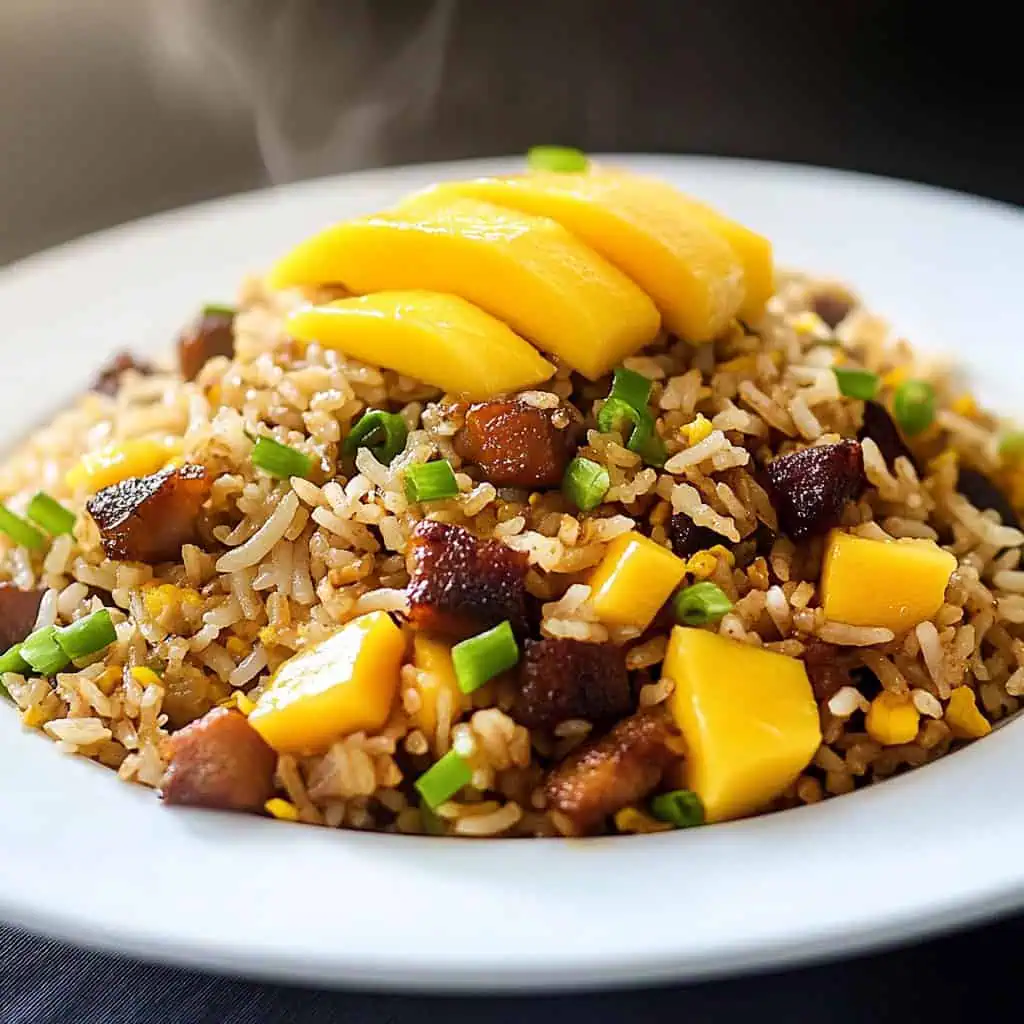
Why You'll Love This Recipe
- Perfect balance of textures: crispy pork, fluffy rice, and tender mangoes
- Complex flavor profile combining salty, sweet, and umami elements
- Easy to customize with various proteins and vegetables
- Great way to use leftover rice
- Authentic Filipino breakfast experience
Ingredients
The ingredients in this Bagoong Fried Rice were thoughtfully selected to create a perfect balance of flavors and textures that represent authentic Filipino cooking. Cold leftover rice forms the foundation, providing the ideal firm texture that fresh rice cannot.
Bagoong (fermented shrimp paste) delivers the distinctive salty umami that makes this dish unique, while crispy pork belly adds richness and satisfying crunch. Semi-ripe mangoes bring a sweet counterpoint that balances the savory elements, creating that characteristic Filipino blend of contrasting flavors. Eggs contribute silky protein, while garlic, spring onions and seasonings round out the aromatic profile.
Together, these ingredients transform humble leftovers into a memorable meal that showcases the ingenious flavor combinations at the heart of Filipino cuisine.
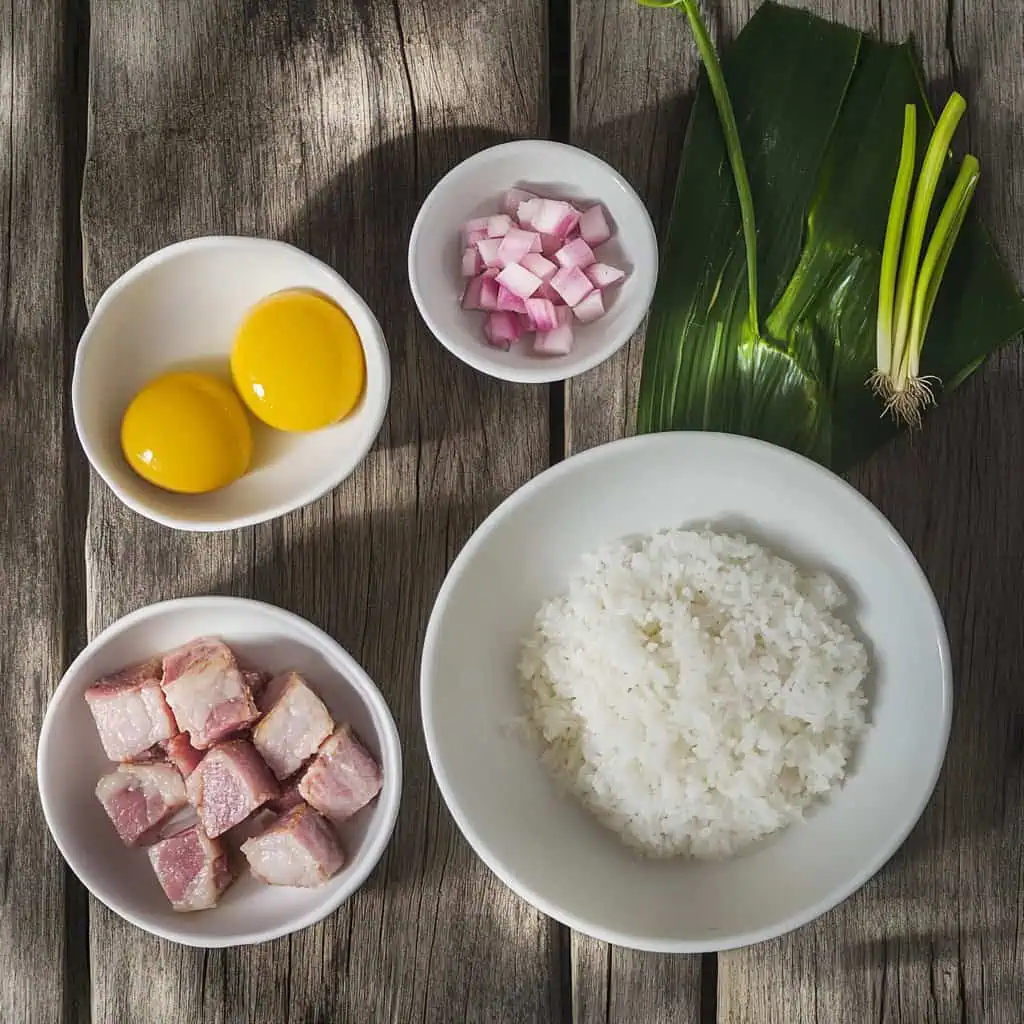
- 5 cups cold leftover rice
- 2 cups pork belly, sliced into small cubes
- 3 eggs, lightly beaten
- 2-3 tablespoons bagoong alamang (fermented shrimp paste)
- 2 semi-ripe mangoes, sliced
- 2 stalks spring onions, chopped
- 4 cloves garlic, minced
- Salt to taste
- Freshly ground black pepper to taste
- Cooking oil as needed
- 1 teaspoon sesame oil (optional)
Equipment
- Large wok or deep skillet (kawali): Essential for even heat distribution and proper stir-frying technique. The curved sides allow for easy tossing of ingredients without spilling.
- Sharp knife: For precisely cutting pork belly into small cubes and slicing mangoes uniformly.
- Wooden spatula (sandok): Ideal for stir-frying without damaging the rice grains or scratching your wok.
- Mixing bowls: Used for marinating pork and beating eggs before cooking.
- Measuring spoons: Ensures accurate seasoning, especially important when using potent ingredients like bagoong.
- Cutting board: Provides a stable surface for all your prep work.
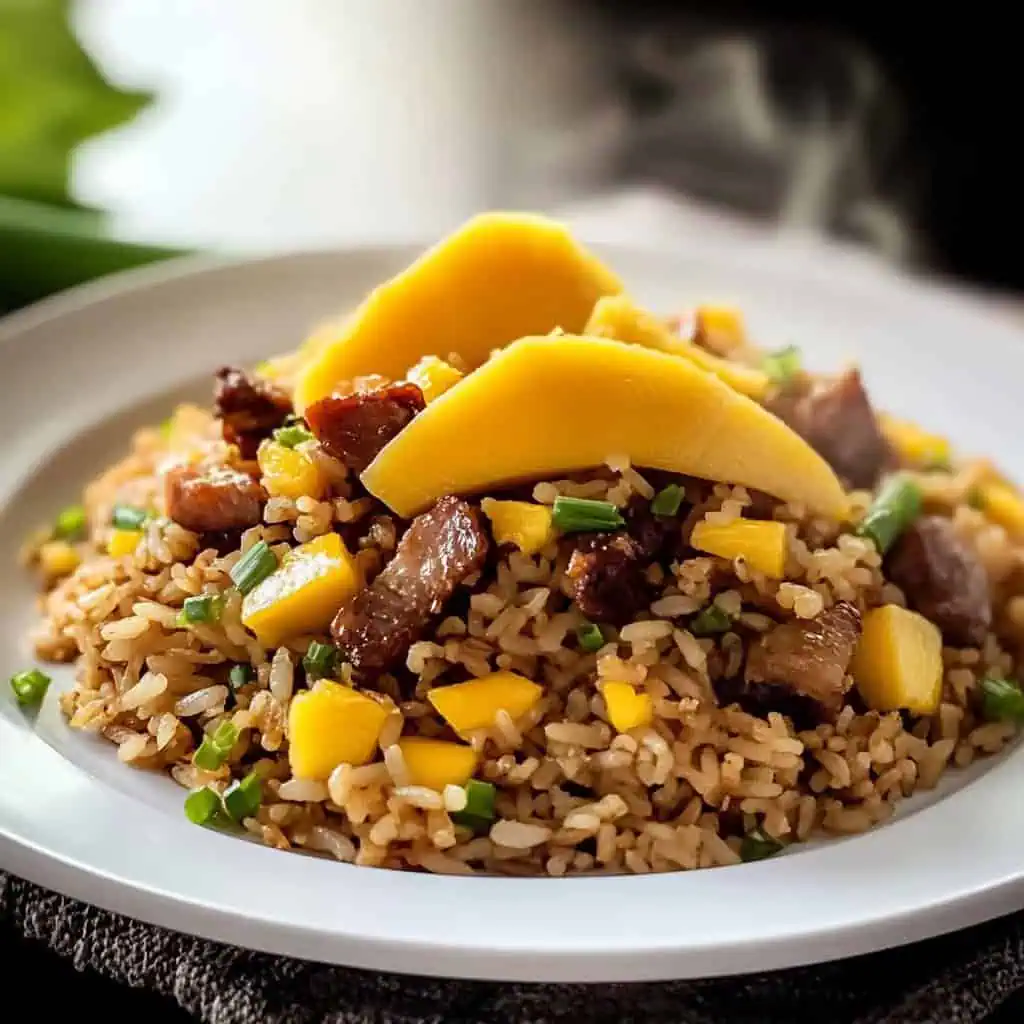
How To Make
- Set your prep station first: gather cold leftover rice, cut pork belly into small cubes, beat the eggs, slice mangoes, chop spring onions, and mince garlic.
- In a bowl, mix pork cubes with salt, black pepper, and sesame oil. Let this sit for 30 minutes.
- Heat your wok or large pan over high heat. Add oil and fry the marinated pork until golden brown and crispy, about 5-7 minutes. Remove pork and set aside.
- In the same wok, fry minced garlic until light golden. Add your cold rice and bagoong. Keep stir-frying for 3 minutes, making sure the rice gets evenly coated with bagoong.
- Push all the rice to one side of the wok. Pour beaten eggs into the empty space. Once the eggs start to set, break them up and mix with the rice.
- Add back your crispy pork and spring onions. Season with salt and pepper as needed. Give everything a final stir for about a minute.
- Transfer to serving plates and top with sliced mangoes. Serve hot.

Tips from Lola's Kitchen
- Cold rice is key: Always use day-old rice stored in the refrigerator. Fresh rice contains too much moisture and will turn mushy.
- Break up rice clumps: Before adding rice to the wok, break up any clumps with your fingers for even cooking.
- Toast the bagoong: Sauté the bagoong for about 30 seconds before adding rice to enhance its flavor and reduce its fishy aroma.
- Mango selection matters: Choose mangoes that are firm but slightly yielding for the perfect balance of sweetness and tartness.
- Respect the heat: Maintain high heat throughout cooking for the signature "wok hei" flavor, but adjust if things start to burn.
- Don't overcrowd: If making a large batch, cook in portions to ensure each grain of rice gets proper heat exposure.
Substitutions
- Protein options: Replace pork belly with chicken thigh, shrimp, beef, or tofu for different flavor profiles.
- Bagoong alternatives: If bagoong alamang is unavailable, use bagoong isda (fish bagoong) or fish sauce (patis) with a touch of lime juice.
- Mango substitutes: Green papaya or green mango can provide similar textural contrast if ripe mangoes aren't available.
- Allium options: Leeks or thinly sliced red onions can replace spring onions if needed.
- Oil choices: Coconut oil adds a subtle tropical note that complements the other flavors beautifully.
Troubleshooting
- Rice too sticky? Your rice might be too fresh or you've added too much oil. Use less oil and ensure rice is thoroughly chilled before cooking.
- Bagoong too salty? Balance with more rice or add a squeeze of calamansi or lime juice to brighten the flavor.
- Pork not crispy enough? Ensure your oil is hot enough before adding pork and don't overcrowd the pan. Pat the pork dry before frying.
- Mangoes too ripe? Rather than mixing them in, serve very ripe mangoes as a side garnish to maintain textural contrast.
- Dish lacks flavor? Try blooming your bagoong longer in oil before adding other ingredients to release more depth of flavor.
Storage & Reheating
- Refrigeration: Store in an airtight container in the refrigerator for up to 3 days. Keep mangoes separate and add them fresh when serving.
- Reheating method: For best results, reheat in a pan over medium heat with a splash of water to restore moisture. Stir occasionally until heated through.
- Not freezer-friendly: Due to texture changes in both the rice and mangoes, freezing is not recommended for this dish.
- Make-ahead tip: You can prepare the components separately (crispy pork, rice with bagoong) and assemble just before serving for the freshest result.
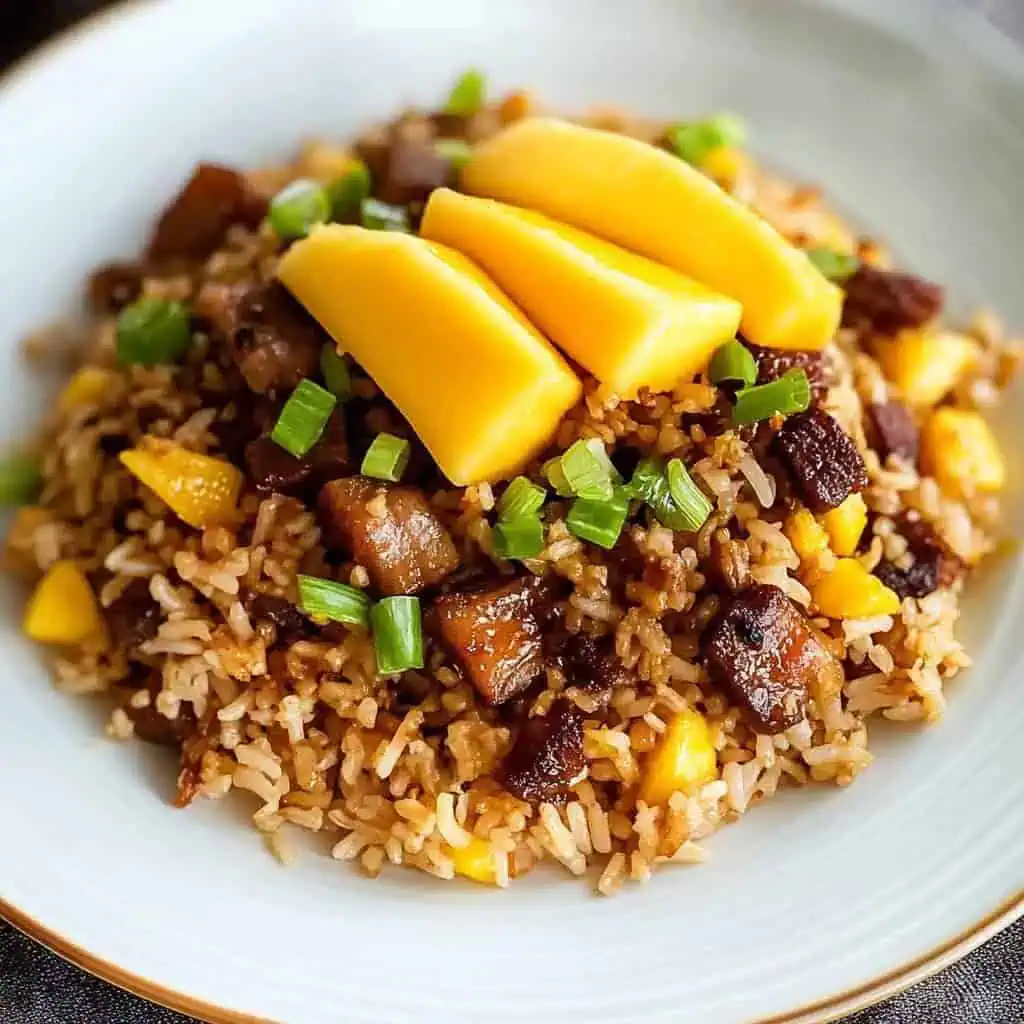
FAQ
Can I use fresh rice instead of leftover?
No, fresh rice will become mushy when stir-fried. Day-old rice that has dried out slightly in the refrigerator creates the perfect texture.
Why add mango to fried rice?
The sweetness of mango perfectly balances the salty bagoong flavor while adding a refreshing textural contrast to the dish.
How spicy is this dish?
Traditional bagoong fried rice is not inherently spicy, but you can easily add bird's eye chilies (siling labuyo) to taste if you prefer heat.
Can I make this dish in advance for a party?
Yes, but add the fresh mangoes just before serving to maintain their texture and flavor. The rice itself reheats well.
What type of bagoong works best for this recipe?
Pink or red shrimp bagoong (bagoong alamang) is traditional and provides the most authentic flavor, but any quality fermented shrimp paste will work.
Is this dish suitable for children?
The flavor of bagoong can be strong for some children. Start with a smaller amount of bagoong and gradually increase as they become accustomed to the taste.
Can I make a vegetarian version?
Absolutely! Replace pork with mushrooms (shiitake or oyster work well) and use vegetarian bagoong or miso paste with a dash of liquid smoke for a similar umami profile.
Related
Looking for other recipes like this? Try these:

Bagoong Fried Rice (Sinangag na May Bagoong)
Equipment
- Large wok or deep skillet (kawali) for even heat distribution and proper stir-frying
- Sharp knife (kutsilyo) for cutting pork and mangoes
- Wooden spatula (sandok) for stir-frying without damaging the rice
- Mixing bowls (mangkok) for marinating pork and beating eggs
- Measuring spoons (kutsarita/kutsara na panukat) for precise seasoning
- Cutting board (Sangkalan) for preparation work
Ingredients
- 5 cups cold leftover rice kanin
- 2 cups pork belly liempo, sliced into small cubes
- 3 eggs itlog, lightly beaten
- 2-3 tablespoon bagoong alamang fermented shrimp paste
- 2 pcs semi-ripe mangoes mangga, sliced
- 2 stalks spring onions sibuyas na mura, chopped
- 4 cloves garlic bawang, minced
- Salt asin
- Freshly ground black pepper paminta
- Cooking oil mantika
- 1 teaspoon sesame oil optional
Instructions
- Set your prep station first: gather cold leftover rice, cut pork belly into small cubes, beat the eggs, slice mangoes, chop spring onions, and mince garlic.
- In a bowl, mix pork cubes with salt, black pepper, and sesame oil. Let this sit for 30 minutes.
- Heat your wok or large pan over high heat. Add oil and fry the marinated pork until golden brown and crispy, about 5-7 minutes. Remove pork and set aside.
- In the same wok, fry minced garlic until light golden. Add your cold rice and bagoong. Keep stir-frying for 3 minutes, making sure the rice gets evenly coated with bagoong.
- Push all the rice to one side of the wok. Pour beaten eggs into the empty space. Once the eggs start to set, break them up and mix with the rice.
- Add back your crispy pork and spring onions. Season with salt and pepper as needed. Give everything a final stir for about a minute.
- Transfer to serving plates and top with sliced mangoes. Serve hot.
- For the best texture, make sure your rice is cold from the fridge and your wok is very hot before cooking. If the rice starts sticking together, add a little more oil and break up any clumps with your spatula.
- This makes enough for 5 servings. You can keep leftovers in the fridge for up to 3 days, but the mangoes should be added fresh when serving.
Tips from Lola's Kitchen
- Use day-old rice stored in the refrigerator for best results
- Break up any rice clumps before cooking
- Toast the bagoong slightly before mixing with rice to enhance flavor
- Choose mangoes that are firm but slightly yielding for the perfect sweetness
- Don't overcrowd the wok - cook in batches if necessary
Nutrition
The Story Behind Bagoong Fried Rice
Bagoong Fried Rice stands as a testament to Filipino culinary ingenuity, representing the evolution of traditional sinangag (garlic fried rice) into a more complex and flavorful dish. This breakfast staple emerged from the resourceful kitchens of Filipino households, where cooks masterfully combined leftover rice with bagoong, a fermented shrimp paste that has been a cornerstone of Filipino cuisine for centuries.
The origins of this dish can be traced to the coastal regions of the Philippines, particularly in areas where bagoong production flourished, such as Pangasinan and Navotas. Historically, bagoong served as both a preservative and a flavor enhancer, allowing fishing communities to extend the shelf life of their catch while creating a powerful umami-rich condiment. As rice remained the foundation of Filipino meals, creative home cooks began incorporating bagoong into their morning fried rice preparations.
The modern iteration of Bagoong Fried Rice, featuring crispy pork belly and sweet mangoes, represents a sophisticated evolution of this humble dish. This combination showcases the Filipino palate's appreciation for contrasting flavors - the salty depth of bagoong, the richness of pork, and the sweet-tart notes of semi-ripe mangoes. This interplay of tastes reflects the broader Asian culinary principle of achieving harmony through opposing flavors.
Today, Bagoong Fried Rice has transcended its roots as a simple breakfast dish to become a sought-after menu item in Filipino restaurants worldwide. Its popularity has grown significantly in recent years, particularly as global interest in Filipino cuisine continues to rise. Food enthusiasts and critics praise its unique flavor profile, which perfectly embodies the complexity and boldness characteristic of Filipino cooking.
The dish also tells a story of Filipino resourcefulness and creativity in the kitchen. What began as a practical way to repurpose leftover rice has evolved into a celebrated dish that demonstrates how traditional ingredients can be reimagined into something extraordinary. This transformation from humble beginnings to culinary standout mirrors the broader story of Filipino cuisine's journey onto the global stage.
In modern Filipino homes and restaurants, Bagoong Fried Rice continues to evolve, with each region and cook adding their own interpretations while maintaining the core elements that make this dish distinctively Filipino. Whether served for breakfast, lunch, or dinner, it remains a beloved example of how Filipino cuisine expertly balances traditional ingredients with contemporary tastes.
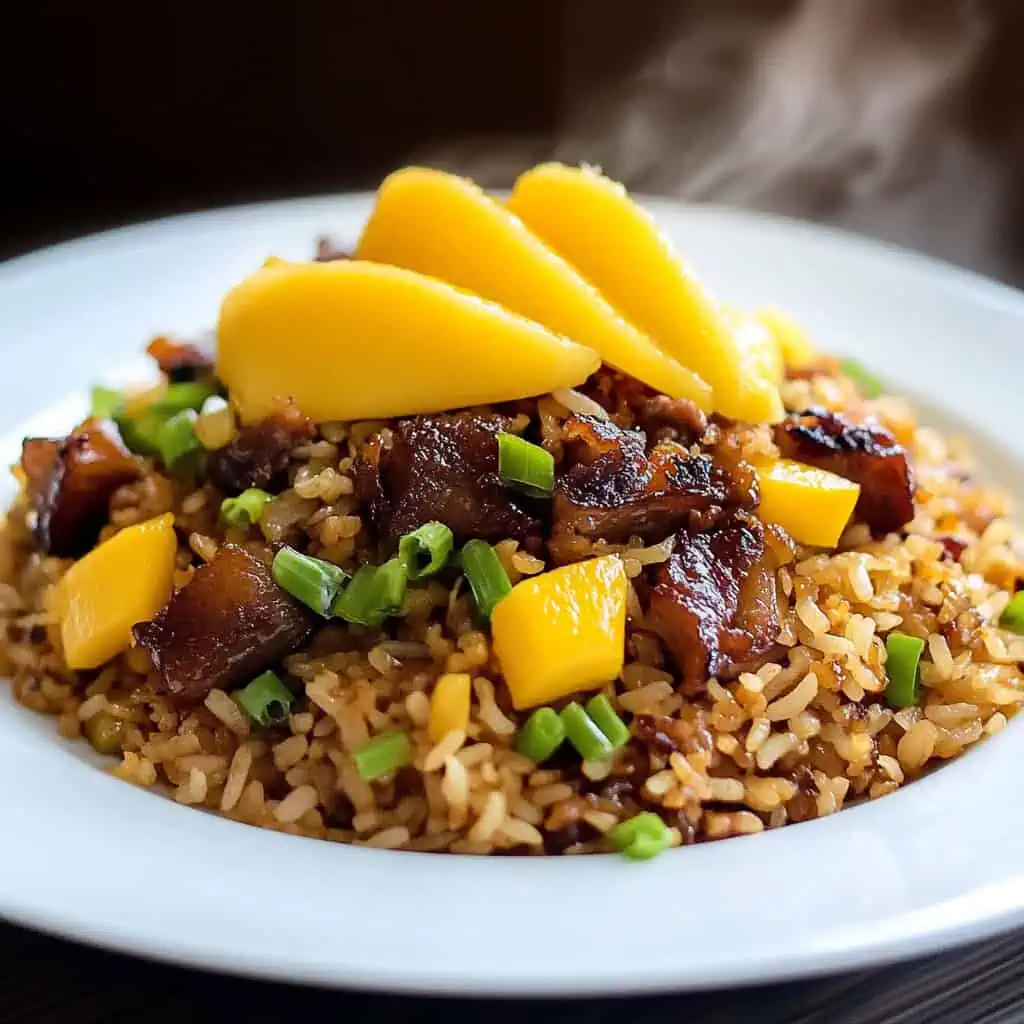





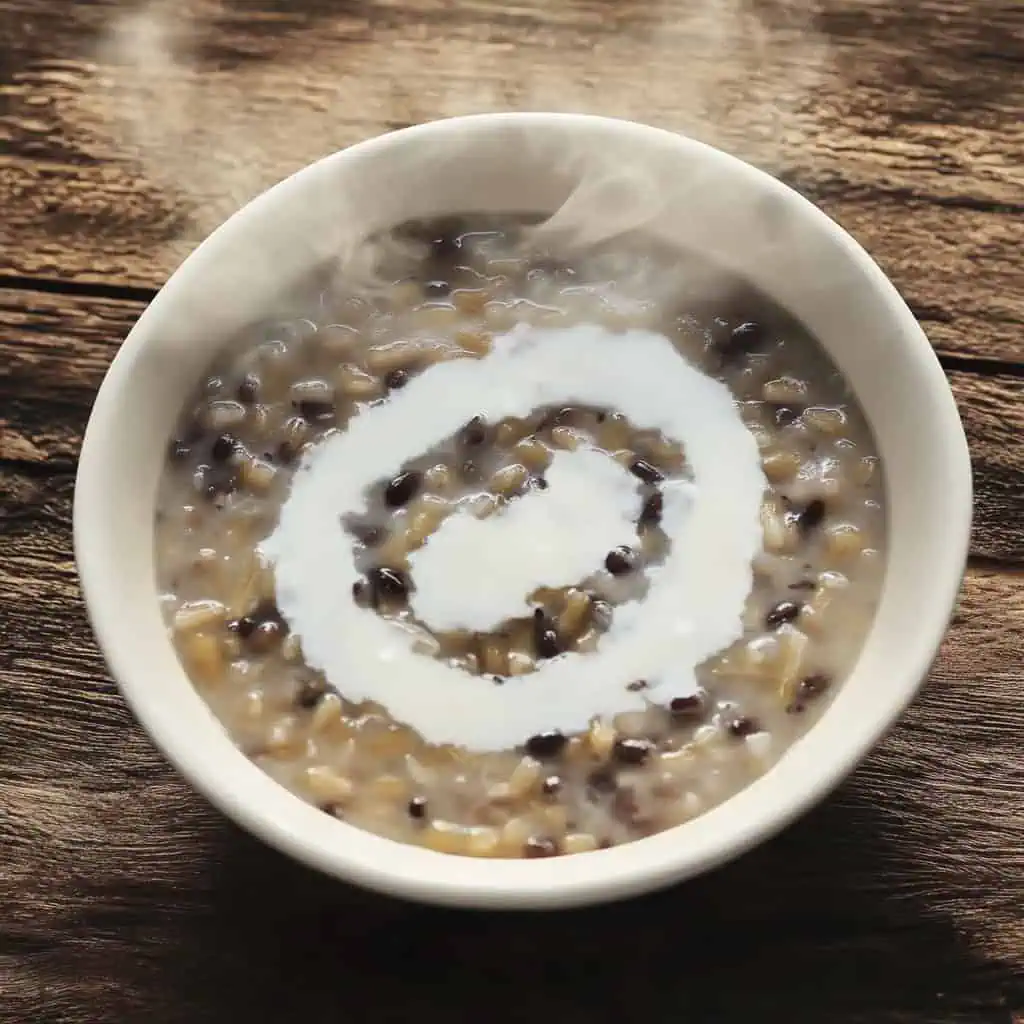
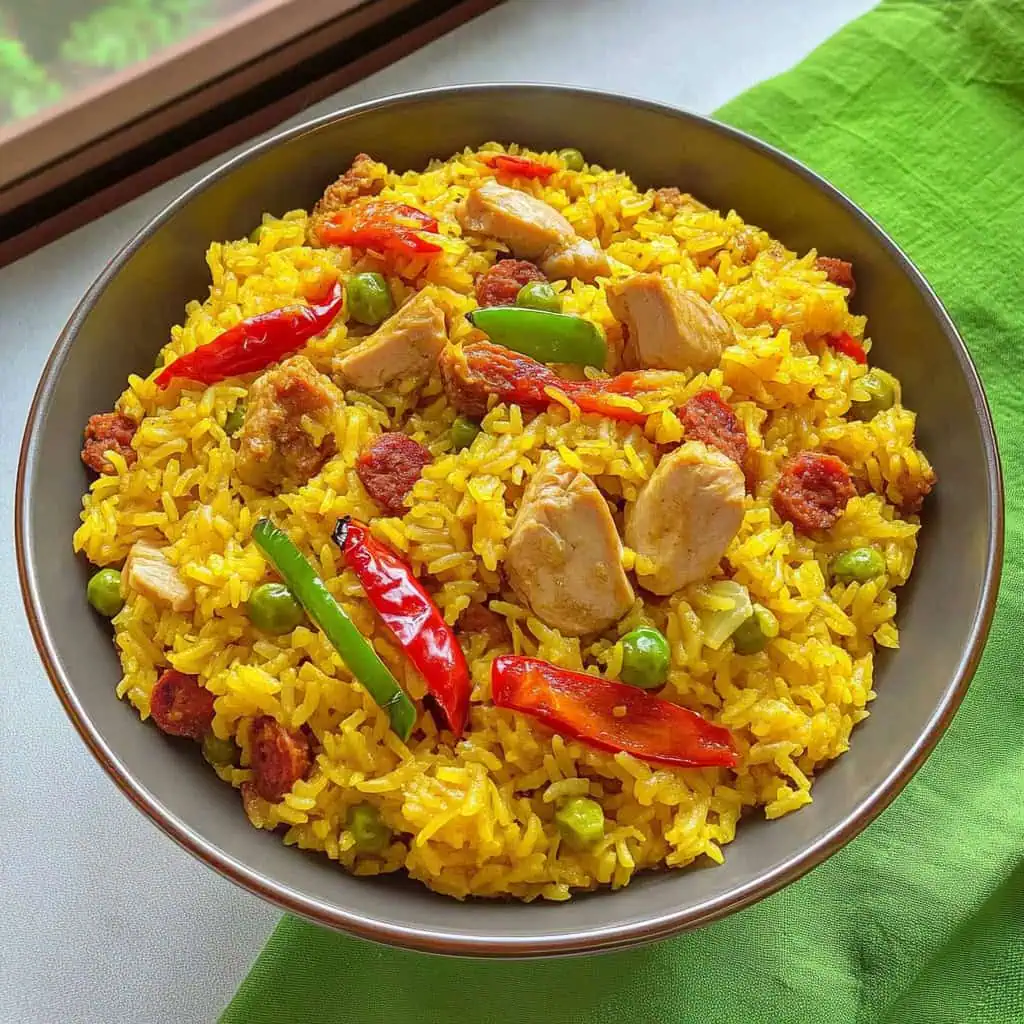
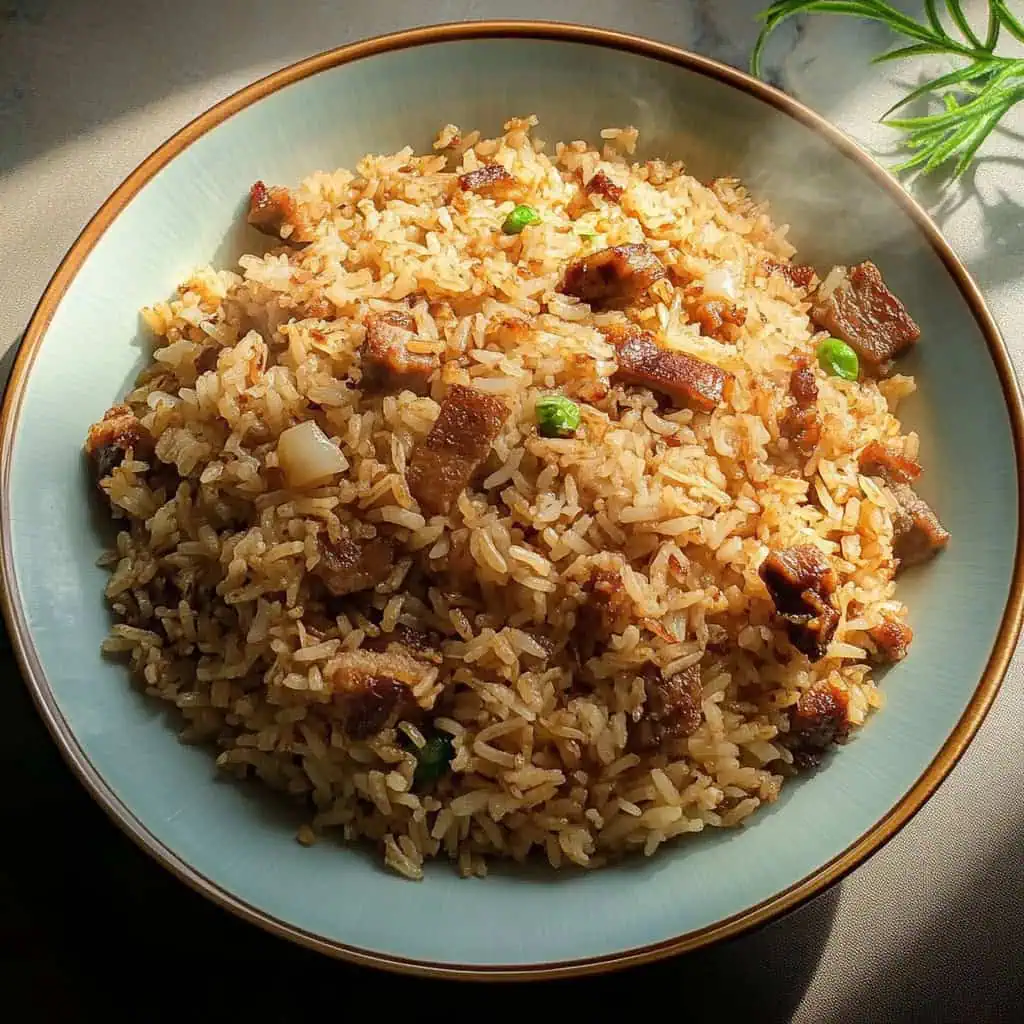
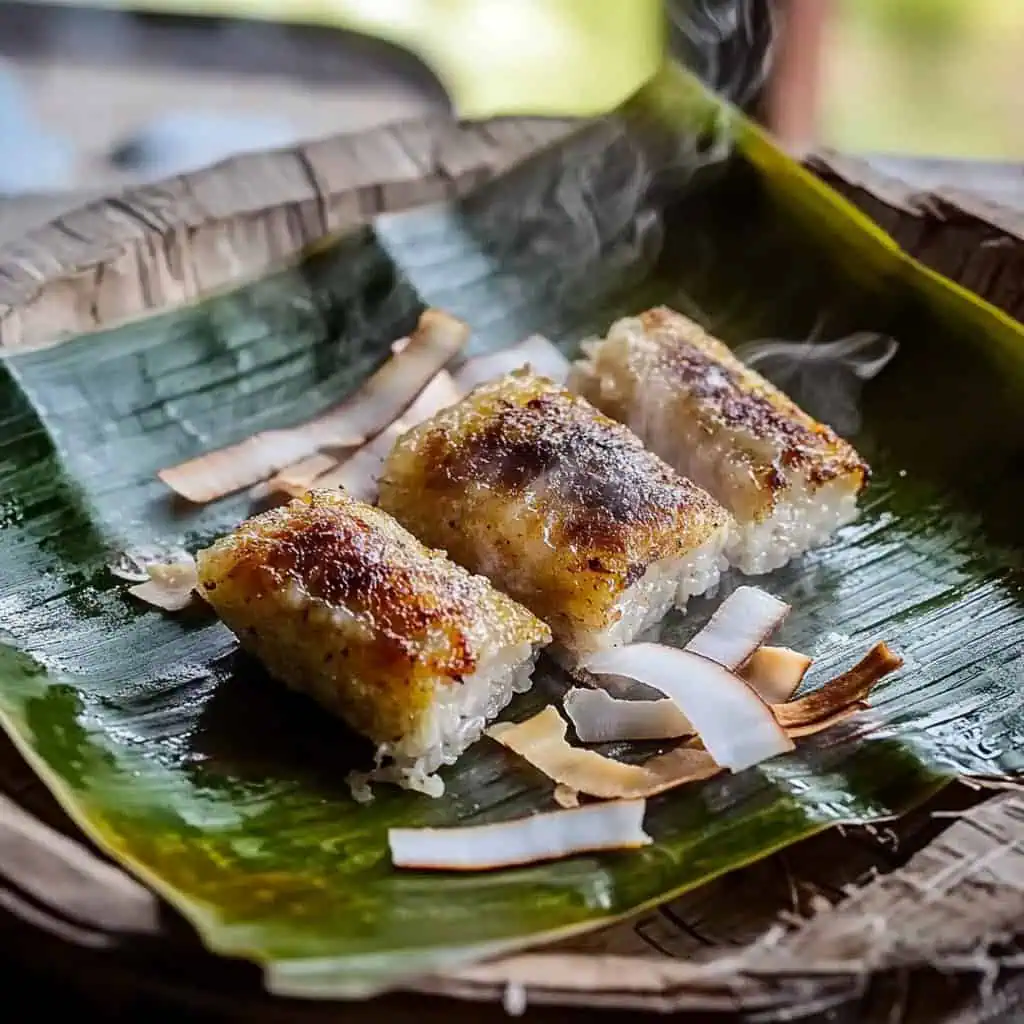
Comments
No Comments